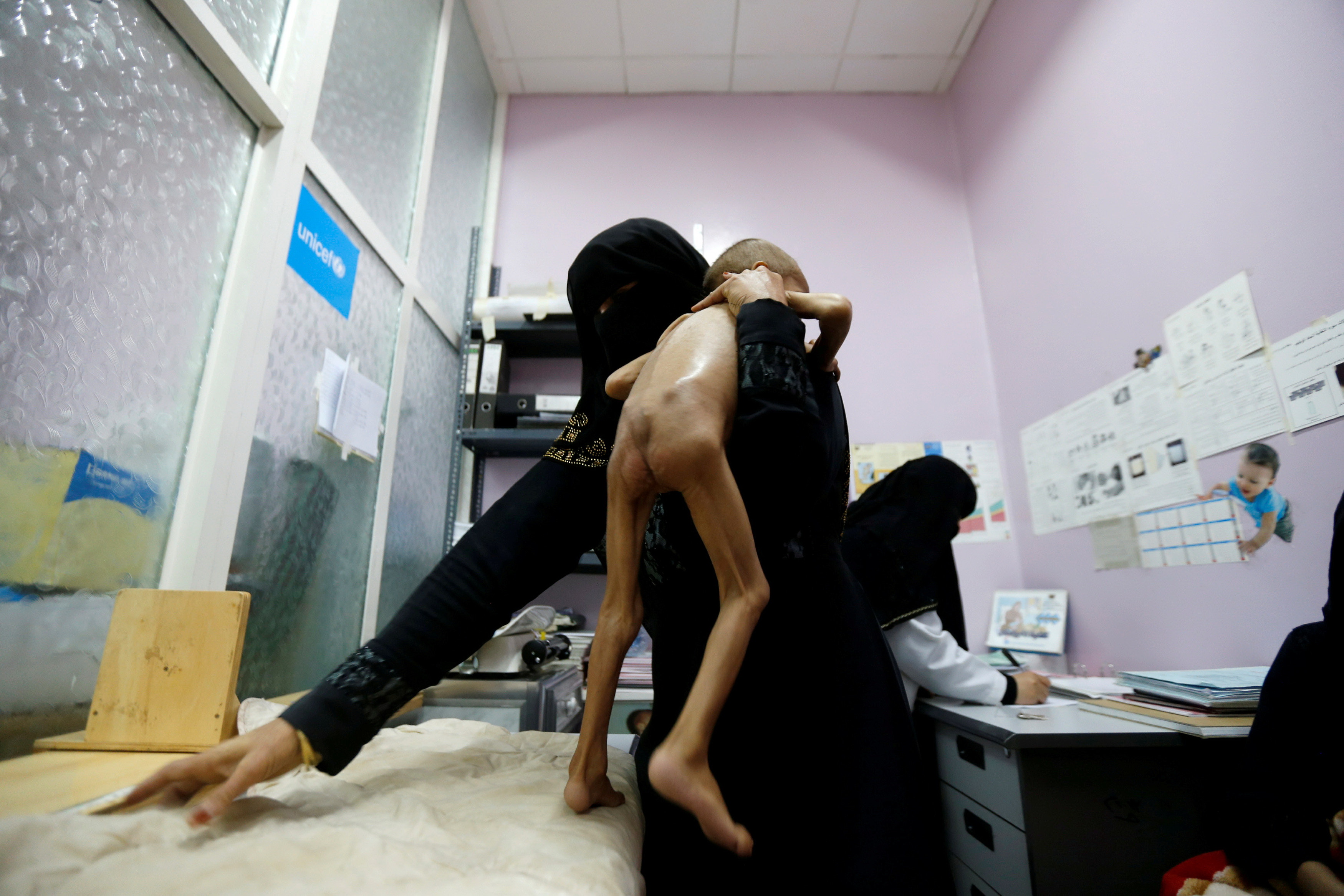BANGKOK, Oct 17 -- It seemed a simple statement: women should not die from complications related to pregnancy or childbirth.
Yet two years after world leaders agreed to 17 global goals at the United Nations, including the childbirth target, countries in Asia Pacific are grappling to twin the rhetoric with social, cultural and political realities.
An estimated 85,000 mothers died in 2015 from childbirth in the region, home to more than half of the world’s population and some of its fastest growing economies, U.N. figures show, with the maternal mortality rate seen as a key way to measure improvement in a nation’s health.
These deaths accounted for 28 percent of the global total, translating into a maternal mortality ratio (MMR) of 127 deaths per 100,000 live births, according to the U.N. agency for population UNFPA, which released its latest State of the World Population Report on Tuesday.
Up to 90 percent of these deaths occur in 12 countries, according to UNFPA whose officials have calculated which are likely to meet the global target of reducing its MMR to below 70 deaths per 100,000 live births by 2030.
Bangladesh, Laos, East Timor and Indonesia are seen as likely to meet the deadline.
But Afghanistan, Nepal, Papua New Guinea, Myanmar, Pakistan, India, Cambodia and the Philippines, are seen as failing to reach the target by varying degrees.
Reducing maternal deaths requires political will, government foresight and access to family planning, according to campaigners.
“(This is) an issue that’s still too often seen as medical, and strictly related to women’s life. It’s not,” Federica Maurizio, a sexual health and reproductive rights expert at UNFPA in Bangkok, told the Thomson Reuters Foundation.
“Maternal health ... is one of the key indicators that really tells you how much the health system in a country is able to provide for the people.”
Oona Campbell, professor of epidemiology and reproductive health at the London School of Hygiene and Tropical Medicine, said it raises wider issues of women’s place in society.
“Do we care about women? Do we think it’s not a problem if the wife dies? Is this something we care about enough to deliver services that are good quality?” she said.
Too good to be true?
Campbell said it was not entirely accurate to chart a country’s progress using a global goal.
Another way to measure progress, she suggested, was to use country level targets, such as aiming to reduce maternal deaths by at least two-thirds from 2010, and for no country to have an MMR greater than 140 deaths per 100,000 live births by 2030.
Campbell also cautioned that data is weak in many countries due to a lack of civil registration and poor cause-of-death records.
This could mean calculations of Afghanistan’s dramatic improvement, hailed as one of the gains of foreign aid there, may be an overestimate, said Campbell.
U.N. figures showed the maternal mortality rate had dropped to 396 deaths per 100,000 live births in 2015 from 1,600 deaths in 2002 after the U.S.-led invasion that ousted the Taliban after the Sept. 11 attacks in 2001.
But Afghanistan’s own data put its MMR three times higher.
Mateen Shaheen, UNFPA’s deputy representative in the country, said women’s access to healthcare in Afghanistan remained tricky as culture dictates that women are only seen by female healthcare workers. UNFPA operates 124 clinics staffed by women and aims to nearly double that by the late 2018.
Meanwhile, the maternal mortality rate has been almost flat in the past 25 years in the Philippines, a wealthier nation than Afghanistan. In 2015, there was 114 deaths for every 100,000 births with 2,700 women dying in childbirth despite an increase in skilled birth attendants and access to anti-natal care.
A law was passed in 2012 insuring access to contraception, sexual education and maternal care but it has been mired in legal challenges, said Klaus Beck, UNFPA country director in the Philippines.
The Philippines is the only Southeast Asian country where teenage pregnancies are not falling which Beck said could also impact maternal mortality with the risk for mothers under the age of 15 in low- and middle income countries double that for older women.
“The absence of a legal framework ... to provide access to family planning, particularly for the poorest, has always been a stumbling block for many, many years,” in the disaster- and conflict-prone archipelago, said Beck.






















































